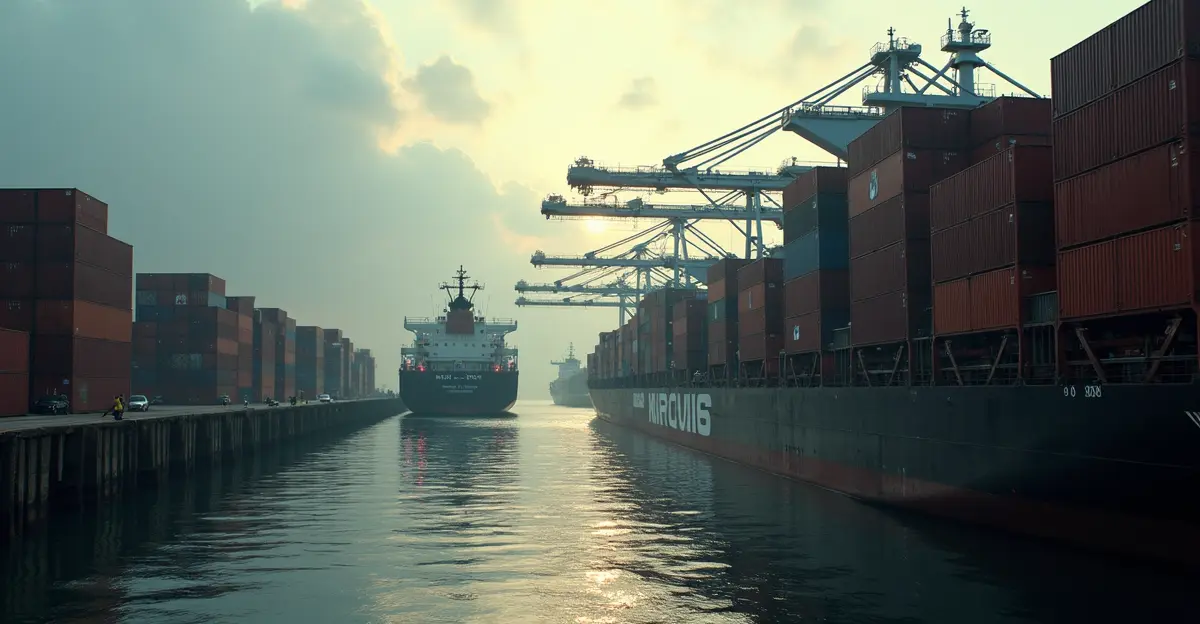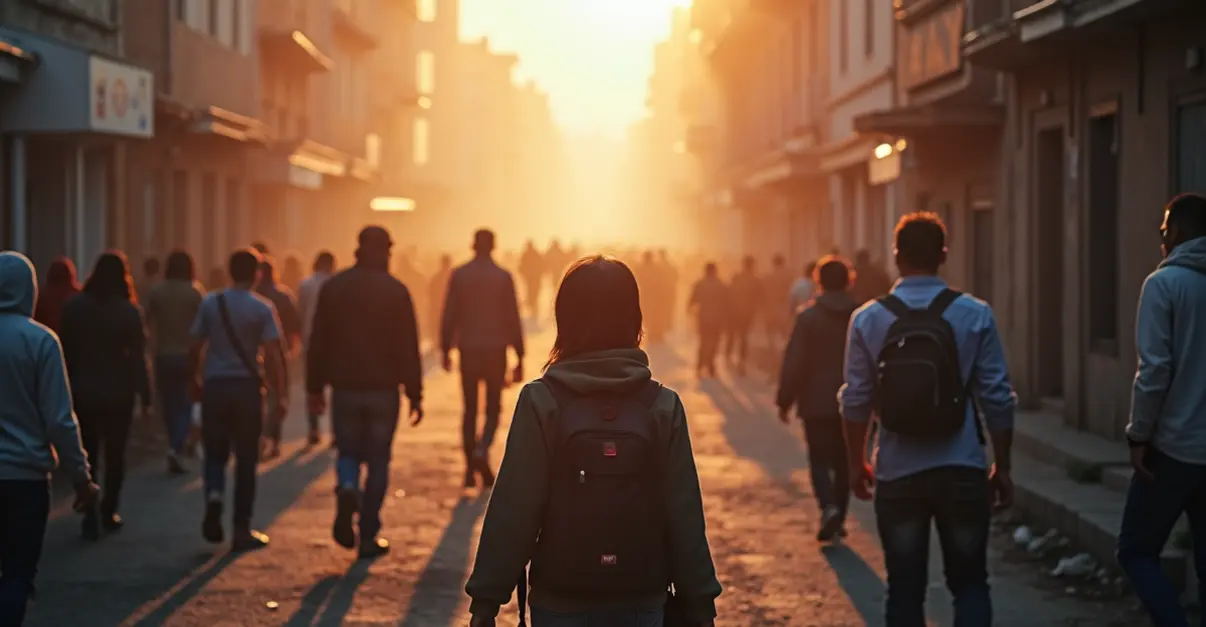Global human trafficking reports show alarming increases, with 27.6 million victims worldwide. NGOs and agencies call for coordinated action against digital recruitment and supply chain exploitation.

Alarming Rise in Human Trafficking Cases Sparks Urgent Call for Action
Recent reports from international organizations reveal a disturbing escalation in human trafficking cases worldwide, with NGOs and government agencies calling for immediate coordinated measures to combat this growing crisis. The 2025 Trafficking in Persons Report from the U.S. Department of State highlights that human trafficking remains a pervasive global issue affecting millions of vulnerable individuals.
Current Statistics Paint Grim Picture
According to the latest data, approximately 27.6 million people are currently exploited through force, fraud, or coercion globally. The European Commission's Fifth Report on combating trafficking in human beings reveals particularly alarming trends in the EU, where 17,248 victims were registered during 2021-2022 - a 20.5% increase from the previous period. 'We are witnessing an unprecedented surge in trafficking cases, particularly involving vulnerable women and children,' stated Maria Rodriguez, Director of Anti-Trafficking Initiatives at the International Justice Mission.
Digital Transformation of Trafficking Operations
One of the most concerning developments in 2025 is the increasing use of digital platforms for recruitment and exploitation. Traffickers are leveraging encrypted messaging apps and social media to target vulnerable individuals, making detection and prevention more challenging than ever before. 'The digital landscape has become a new frontier for traffickers, allowing them to operate with greater anonymity and reach,' explained Dr. Sarah Chen, a cybersecurity expert specializing in human trafficking prevention.
Coordinated Response Needed
The Inter-Agency Coordination Group against Trafficking in Persons (ICAT) has emphasized the critical need for enhanced cooperation between governments, NGOs, and international organizations. Key recommendations include improved information sharing, standardized victim identification protocols, and comprehensive support systems for survivors. 'No single organization can combat trafficking alone. We need a unified approach that addresses prevention, protection, and prosecution simultaneously,' emphasized John Martinez, UNODC's anti-trafficking coordinator.
Economic Drivers and Supply Chain Vulnerabilities
Human trafficking generates an estimated $236 billion annually globally, making it one of the most profitable criminal enterprises. Forced labor in supply chains remains a significant concern, with over 2,000 shipments targeted by US Customs in early 2023 alone. 'The economic incentives for traffickers are enormous, and we must disrupt their business models through targeted interventions and supply chain transparency,' noted economic analyst David Thompson.
Victim-Centered Approaches
Organizations are increasingly adopting survivor-led approaches to policy design and implementation. The 2025 Human Trafficking Prevention Month Toolkit from the Administration for Children and Families provides comprehensive resources for communities and organizations working to prevent trafficking. 'Survivors' voices must be at the center of our response. They understand the realities of trafficking better than anyone,' said survivor advocate Elena Petrova.
Future Outlook and Recommendations
As trafficking patterns continue to evolve, experts recommend several key strategies: enhanced digital literacy programs for vulnerable populations, improved cross-border cooperation, strengthened legal frameworks, and increased funding for victim support services. The global community must remain vigilant and proactive in addressing this complex human rights challenge.
For more information about human trafficking prevention and reporting, visit the U.S. Department of State's 2025 Trafficking in Persons Report and the Inter-Agency Coordination Group against Trafficking in Persons.

 Nederlands
Nederlands
 English
English
 Deutsch
Deutsch
 Français
Français
 Español
Español
 Português
Português









